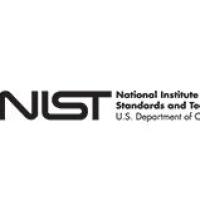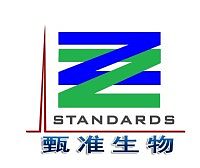Transposable Elements for Transgenesis and Insertional Mutagenesis in Vertebrates: A Contemporary Review of Experimental Strategies
互联网
488
Functional genomic analyses in vertebrate model systems, including fish, frogs, and mice, have greatly contributed to our understanding of embryonic development and human disease. However, new molecular tools and strategies are needed to meet the increasing demands of linking sequence information to gene function. Transposable elements (TEs) are very efficient at integrating into DNA, and are therefore useful vectors for transferring new genetic material into genomes. In particular, members of the Tc1/mariner superfamily of elements are able to transpose in species other than their hosts, and are therefore emerging tools for functional genomics in several organisms. This chapter describes strategies of using retrovirus vectors and DNA-based TEs for transgenesis and insertional mutagenesis in vertebrates, with special emphasis on the Sleeping Beauty (SB) element, a reconstructed Tc1/mariner -like transposon from fish. SB jumps efficiently in cells of diverse vertebrate species in culture, as well as in somatic and germline tissues of the mouse in vivo. Simple structure and easy laboratory handling of transposon vectors are coupled with efficient and stable transgene integration and persistent, long-term transgene expression by transposon-mediated gene transfer. These features all contribute to the usefulness of TEs as tools for vertebrate functional genomics, as well as for animal biotechnology and human gene therapy.







